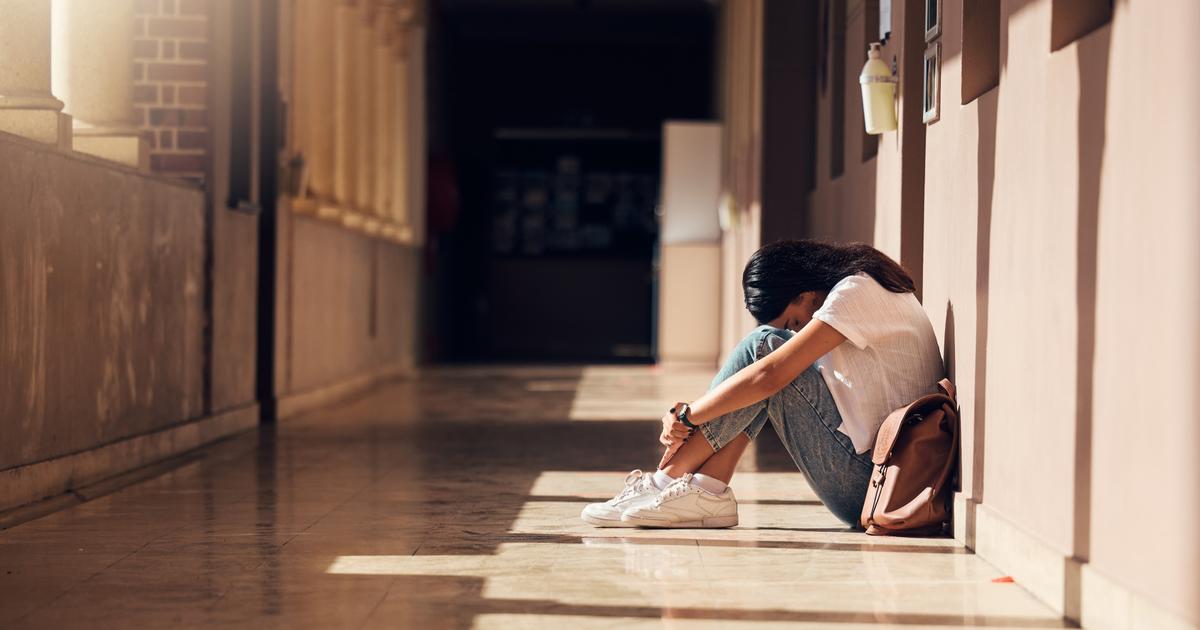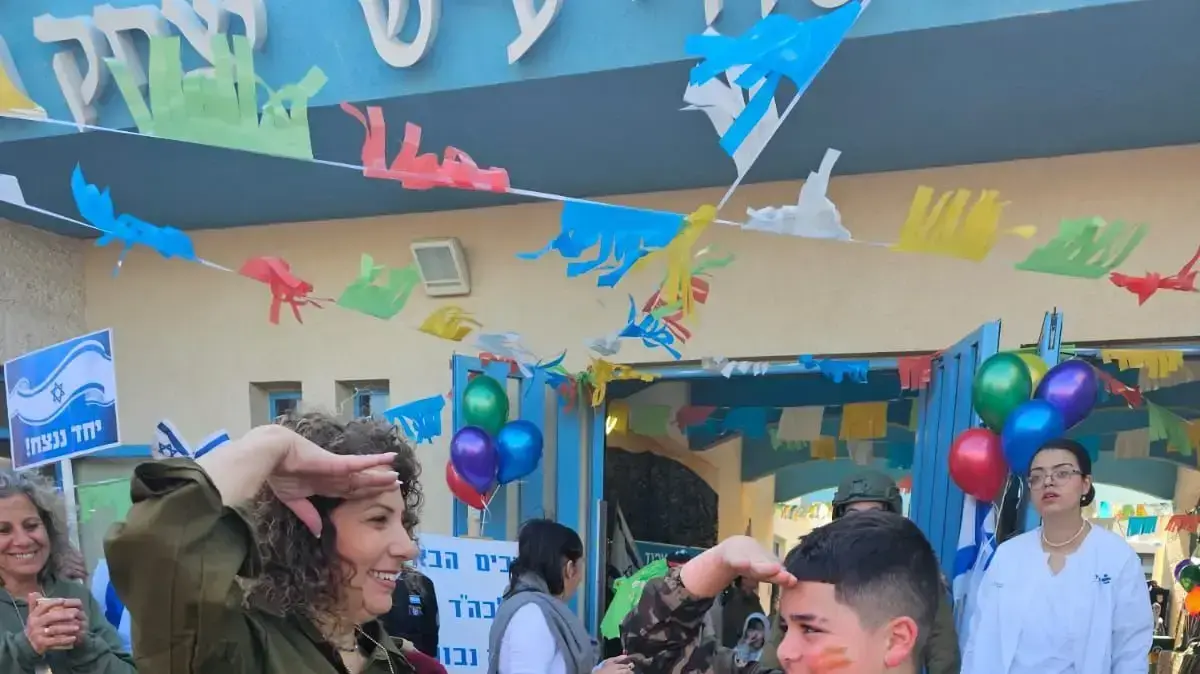Melany Verano waited 19 months to return to her school on the outskirts of Lima, Peru.
“I had no internet, no computer.
Just my mom's cell phone.
She couldn't learn, ”says the 10-year-old girl.
“When I returned to my class in October, I was happy to be with my teacher and classmates.
I hadn't seen them since the schools closed."
When I listen to Melany, I see myself years ago.
A girl growing up in a remote area of Honduras, but fortunate to be empowered by education.
Despite missing much of her in-person classes, Melany now considers herself one of the lucky ones.
Nearly two out of five students in Latin America and the Caribbean were still out of the classroom at the end of 2021, according to Unicef estimates.
The good news is that 12 countries in the region had fully reopened schools across the country by the end of last year and others, such as Panama and Peru, are about to join them when the school year begins in March.
More information
Special |
A year without stepping on my school
Ómicron threatens to reverse this positive trend.
As the variant of covid-19 spreads across Latin America and the Caribbean, some governments are considering extending the lockdown.
One thing we know for sure is that the risks children and adolescents run by not attending school are greater than those of going back to school.
The pandemic has shown that distance learning must be accessible to all children and adolescents, but it cannot replace face-to-face learning.
Data from Latin America and the Caribbean suggest that, despite the efforts made by governments, teachers and parents, minors have learned much less during the pandemic, and in particular the most vulnerable.
For example, in several Brazilian states, almost three out of four second graders have seen their average level for reading decline, compared to one out of two before the pandemic.
The negative impact of school closures goes beyond learning loss.
Confined at home and cut off from friends and supportive teachers, children have faced great risks to their safety and mental health, losing access to meals and health services offered in facilities. educational.
It is estimated that 2.1 million students in Latin America and the Caribbean are at risk of dropping out of school.
In one of the most unequal and violent regions of the world, a child or adolescent away from the classroom is often at risk of becoming a potential recruit for gangs or being forced to emigrate.
Girls are at risk of being forced to marry or become pregnant, which in many cases means being victims of sexual abuse.
The long-term costs are high for them and for society.
Recent estimates suggest that school closures around the world could cost this generation of students a total of $17 trillion in potential lifetime earnings.
In one of the most unequal and violent regions of the world, a child or adolescent away from the classroom is often at risk of becoming a potential recruit for gangs or being forced to emigrate
As governments respond to new strains of COVID-19, schools must remain open for all of them.
It is encouraging to see COVID-19 vaccination rates increase throughout Latin America and the Caribbean.
UNICEF strongly encourages countries to ensure that priority groups, including teachers, are fully protected, and only then to consider the potential benefits of vaccinating children and adolescents.
Vaccination against covid-19 should not be a prerequisite for face-to-face learning.
No student should face barriers to returning to school.
Experience shows that infection prevention measures in classrooms—such as masks, physical distancing, and handwashing—can help keep windows open and protect students and staff.
In the current crisis, reopening the centers requires additional efforts from all of us.
Now more than ever, we must invest more in education to recover the learning of children and adolescents.
Returning to the classroom in person is critical, but it is not enough for students to continue learning.
In times of covid-19, the key is to increase the quality of education, including access to digital tools to develop new skills and prepare for a better future.
Now more than ever, we must invest more in education to recover the learning of children and adolescents
However, spending on education accounted for less than 1% of stimulus spending in the face of the covid-19 crisis in Latin America and the Caribbean, the second lowest rate only behind Asia and the Pacific.
Much more funding is needed to help children return, catch up and thrive, especially those who have dropped out of school.
It is too late to avoid the worst learning crisis in the history of Latin America and the Caribbean.
But it is not too late to mitigate its impact on children, adolescents, parents and our communities.
The evidence tells us that we can and should keep schools open.
The stories of students like Melany and myself show us that nothing can replace shared experiences in person with teachers, teachers, friends and friends.
Many of the children and adolescents in Latin America and the Caribbean have already missed two years of face-to-face schooling, and cannot afford to miss a third.
Jean Gough
is UNICEF Regional Director for Latin America and the Caribbean.
You can follow PLANETA FUTURO on
,
and
, and subscribe
to our 'newsletter'
here
.







